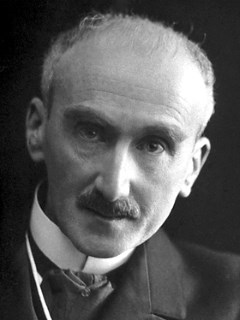

Ekphrasis and a dynamic mysticism in art
reflections on Henri Bergson's philosophy and Aby Warburg's mnemosyne atlas
pp. 42-45
in: Roy Ascott, Gerald Bast, Wolfgang Fiel, Margarete Jahrmann, Ruth Schnell (eds), New realities, Berlin, Springer, 2009Abstract
Consistent with his anthropological enquiries, the arthistorian Aby Warburg (1866–1929) suggested that art should be understood as an impulse and activity rather than a collection of icons, by which he criticised the categorisation, periodisation and focus on style in the contemporary arthistorical practise. In his view, an artwork constituted not a closed totality but a juxtaposition of elements in tension — an intellectual, cultural and philosophical dispositif. Through his syncretic approach at the fringes of art-history, cultural anthropology, sciences of religion, and psycho-historical sciences, he revitalised the arthistory discourse in his proposed recovery of "spirit", which he defined as an enduring momentum throughout the various cultural expressions and styles of the particular periods. In this sense, Warburg saw himself as a "... seismograph of the soul, to be placed along the dividing lines between different cultural atmospheres and systems."



